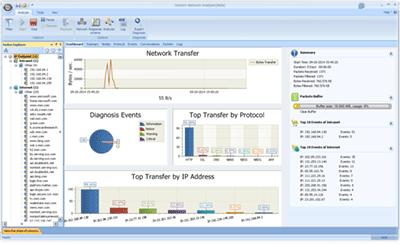In Linux systems, ports are crucial elements for network communication. Through ports, different processes can communicate on the same server. For a test server, it is often necessary to test whether a certain application or service is running on the correct port to ensure proper functionality. Therefore, mastering how to test Linux server ports is very important. This article will introduce several methods for testing Linux server ports.
Using the telnet command
telnet is a text-based network protocol that can be used to test if a server’s port is open. You can establish a TCP connection with the telnet command and send data to a specified IP address and port. If the port on the server is open, the telnet command will establish a connection and display a prompt.
For example, to test if the 80 port on a server is open, you can execute the following command:
telnet example.com 80This will send data to the 80 port of example.com and attempt to establish a connection. If the connection is successful, a prompt will be displayed. If the connection fails, it indicates that the port is not open or there is a network issue.
Using the nc command
nc is a command-line tool used to create TCP or UDP connections on Linux systems. You can use the nc command to test if a server’s port is open and send data to that port.
For example, to test if the 22 port on a server is open, you can execute the following command:
nc -zv example.com 22This will attempt to connect to the 22 port of example.com and display connection status information. If the port is open, a “succeeded” (connection successful) message will be shown.
Using the nmap command
nmap is a network scanning tool that can scan hosts and ports on a network and provide detailed scan results. The nmap command can test if a server’s port is open and provide more detailed scanning results.
For example, to test if the 22 port on a server is open, you can execute the following command:
nmap -p 22 example.comThis will scan the 22 port of example.com and provide detailed scanning results. If the port is open, it will display the status of the port as “open” in the scan results.
Using the curl command
curl is a command-line tool used for sending HTTP requests and receiving HTTP responses. With the curl command, you can test if a port on a web server is open and retrieve the content of a web page.
For example, to test if the 80 port on a server is open and get the content of a web page, you can execute the following command:
curl http://example.comThis will send an HTTP request to the 80 port of example.com and obtain the content of the web page. If the 80 port on the server is open, the content of the web page will be displayed.
In conclusion, the above methods are common ways to test Linux server ports. In practice, you can choose which method to use based on specific circumstances. If you only need to test a single port, using the telnet or nc command is the simplest and fastest way. If you need to test multiple ports or perform more detailed scanning, using the nmap command is a good choice. If you need to test ports on a web server and get the content of a web page, you can use the curl command.
Besides these commands, there are other tools and methods that can be used to test ports on Linux servers. For instance, GUI tools like Wireshark and Tcpdump can be used for port testing and network packet capture. Additionally, you can write your own scripts to test server ports and perform network monitoring.



